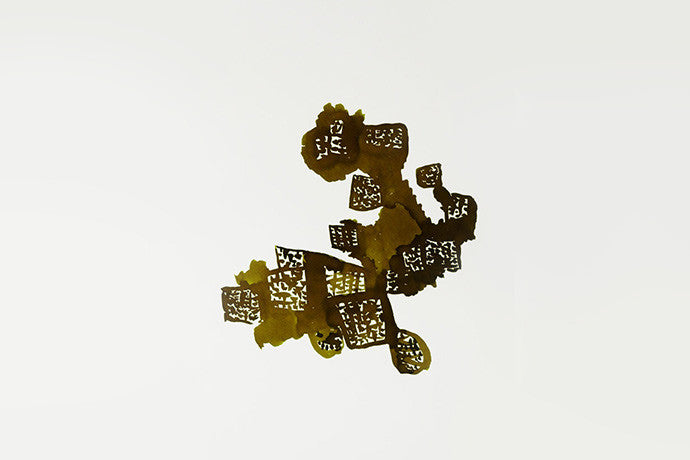
Her sensitive, conceptual work is multifaceted, working in both film, drawing, painting and photography. After finishing degrees at Chelsea College of Art and Design and Camberwell College of Art and Design, her work has been exhibited internationally from London, Barcelona and Los Angeles to the highly regarded Havana Biennial in Cuba. She is also the co-Editor of the biannual magazine ‘Baston Blanco’. When she’s not out on the streets taking photographs, Olivia works from her home in Stoke Newington. Folk collaborated with the artist on an original print for the Folk SS14 womenswear collection.
Folk: ‘How would you describe your work?’
Olivia: ‘I guess it is about connections, details and ways of making sense of things around me. For example I might get interested in something, like the steam coming out of air vents. I then kind of build up a collection, whether I show them to anyone or not. So I’ll have a lot of shots and footage of air vents and smoke and in some way that works as a way to connect things for myself, to have some sort of understanding of air vents.’
Folk: ‘Did you always know you wanted to be an artist?’
Olivia: ‘Yes. My dad used to run a gallery, so I kind of grew up in galleries and around artists. At school I studied everything but I always knew I wanted to do something with art.’
Folk: ‘Can you tell us a little bit about the magazine you co-edit?’
Olivia: ‘It is a bi annual publication called Baston Blanco that I edit with my father. Baston Blanco means “white stick” in Spanish. We basically ask artists and creative people - architects, poets, writers - to contribute something text based in whatever language they want to use. So it’s a multilingual publication.’
Folk: ‘What are you working on at the moment?’
Olivia: ‘I have been playing around a lot with cut up newspapers and old photographic paper to produce photograms in the darkroom.’
Folk: ‘We have a series of your Giclee prints up in our showroom, don’t we?’
Olivia: ‘ Yes those are made of old photographic paper that I was given ages ago. I didn’t have access to a dark room at the time but you know when you’ve got something and you just want to do something with it? I also happened to have an old scanner that kept breaking. You had to shake it and hold it up for the head to move! I tried to do a drawing with the light of the scanner on the paper, thinking it might just work.’
Folk: ‘Did it?’
Olivia: ‘Yes, I exposed the photographic paper to light through the scanner but because it was such an old one, it would move yet it kept stopping. I then saved those files on the computer and printed them out. Every time I’d do a print, they would come out a bit different. What was so amazing was that there was all this colour in them, even though it was black and white paper. There is one with this big blue line in the middle of it and the rest is quite pale yellow and it’s basically the light stopping for a bit, stopping for quite a long time in the middle and then starting again.’
Folk: ‘Are you still making these kind of prints?’
Olivia: ‘It’s funny because I tried to use different scanners and it just didn’t seem to work. I quite like that it only worked at that time, with that scanner and that paper. I’ve got maybe six sets and that’s it. But that’s good.’
Folk: ‘With regards to the print you collaborated on with Folk; we have some of the original artworks up in the women’s shop. Is it odd to see your work in a retail space instead of a gallery?’
Olivia: ‘It’s a very different environment and the whole thing was such a new experience for me. But I think it’s so nice to have the drawings there. It makes complete sense because it was part of the process. I don’t know if anyone else will even notice but for me it’s nice that they work together and that if you were interested you could find out that they work together.’
Folk: ‘The small black painting stands out a bit from the other ones, doesn’t it?’
Olivia: ‘I used masking fluid to build layers on that one. It has a gloopy sort of finish and it dries into a kind of film. For this picture I drew with the masking fluid, waited for it to dry, covered the paper with black ink, you wait for that to dry and then you can peel the masking fluid off, so you’re left with the drawing underneath.’
Folk: ‘It also looks like it has been cut up?’
Olivia: ‘That’s because we had one kind of pattern that was repeated but we wanted it to go in different directions. I divided the page up in different sections so everything would go in a different direction. That’s what I did with the black one but then I cut it up and put it back together, so it’s almost like it’s been pieced together.’
